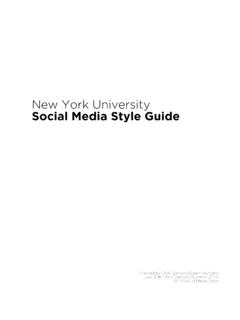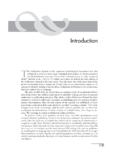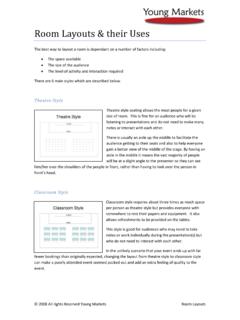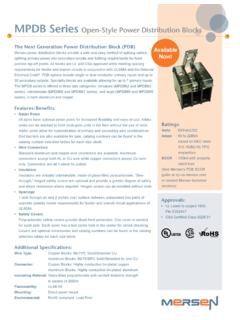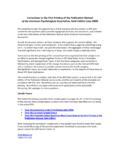Transcription of or
1 formatting Tables and figures in AMA Style*. Tables have a title with a bar above it are numbered consecutively as referred to in the text use horizontal lines, but not vertical include values that correspond to values presented in the text should be adapted, rather than copied exactly are positioned close to their first mention in the text, or placed in an appendix table Footnotes are indicated with superscript lowercase letters in alphabetical order (a-z). may contain information about the entire table , a portion of the table (eg. a column), or a discrete table entry must be enclosed in quotation marks if copied word for word from a source. (You are encouraged to write your own footnotes.). use corresponding in- table indicators that should be placed after the table title if they apply to the entire table or after the column or row heading to which they refer or at the end of each entry to which they apply table Citations are indicated with a footnote may refer to the entire table , a portion of the table or a discrete entry should be placed last, below descriptive footnotes acknowledge the source of the table as follows: GSBMS Style 1: b Adapted from Ferenczi et al.
2 , 2010 (1). GSBMS Style 2, 3 or 4: b Adapted from Ferenczi et al., 2010. If you perform a computation or extrapolation, you may also use Derived from . If you use a minimal amount of data from a source, you may also use Data from . figures have a title with a bar above it are numbered consecutively as referred to in the text are positioned close to their first mention in the text, or placed in an appendix use a legend, instead of a footnote Figure Legends are not indicated with any letter or symbol must be enclosed in quotation marks if copied word for word from a source. (You are encouraged to write your own legends.). Figure Citations are indicated in a legend should be placed last, below the descriptive legend acknowledge the source of the figure as follows: GSBMS Style 1: From Ferenczi et al.
3 , 2010 (1). GSBMS Style 2, 3 or 4: From Ferenczi et al., 2010. You are encouraged to adapt figures . Then you may also use Adapted from . References in the bibliography for both tables and figures refer to the source from which the table or figure was taken appear in the bibliography as indicated by your chosen style: GSBMS Style 1: 1. Ferenczi EA, Asaria P, Hughes AD, Chaturvedi N, Francis DP. Can a statin neutralize the cardiovascular risk of unhealthy dietary choices? Am J Cardiol. 2010;106:587-592. *This information was adapted for GSBMS students writing a literature review. For complete information on how to format a table or figure, please refer to the AMA Manual of Style, available in print from the Library's Reserve Collection, or online, under Curricular Resources, from the Library's home page.
4 Information for this page was taken from: Iverson C, American Medical Association. AMA manual of style: A guide for authors and editors. ; Updated 2009. D. Crooke 3/13/13.
